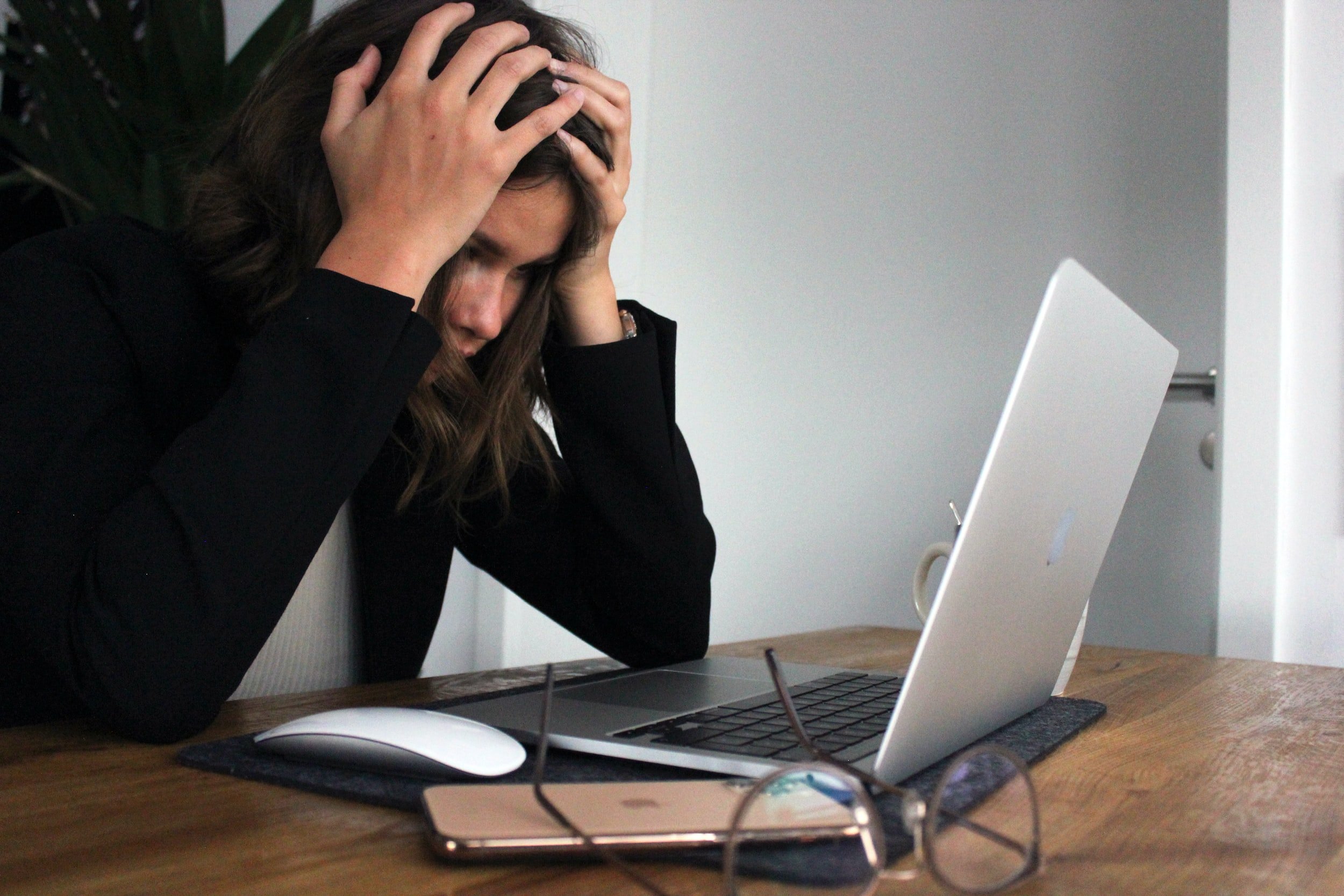Synchronized Health & Wellness
Blog
Trending Topics:

Top 3 Tips for Healthy Hormones While Running.

Using Basal Body Temperature to Track the Menstrual Cycle

6 Training Essentials for the Female Runner: Part 1 - Eat Enough Food

Creating a Vision Board

Gift Guide 2023!

Patient Advocacy: How to Advocate for Yourself in the Healthcare Setting

Elimination Systems
Elimination systems

Hormonal Acne

Sleep
Sleep Hygiene

Balancing Blood Sugar
Oh balance, that elusive state where everything is just as it needs to be to maintain some ideal goal or idea. Instantly I think of tightrope walkers and Cirque Du Soleil performers, perfectly executing mind-blowing feats of human ability. But wait, is that the only definition of balance? What about a baby that is learning to stand, all wobbly and big-eyed, hands outstretched for the nearest support? Or a child learning to ride a bike, figuring out how to not overcorrect and steer straight? These are all different examples of balance, are they not? As we talk today about balancing blood sugar, keep these illustrations in mind. As always, we are focusing on progress, not perfection.
A few blog posts ago, we discussed the impact of blood sugar on your hormones. Specifically, we discussed what happens when your blood sugar is not well-regulated, or out of balance. The takeaway message: it’s not good. Lucky for us, the basics of balancing blood sugar look nothing like walking a tightrope. Instead, they look a lot like breakfast, lunch, and dinner!
Check out the blog for some practical tips for finding balance when comes to what and how we eat!

Resources for Endometriosis
Treating and managing endometriosis starts with knowledge!
Here you’ll find the best, most up to date information on endometriosis so you can be equipped with the tools and knowledge to advocate for your health.

Treatment Options for Endometriosis
Treatment options for endometriosis

I Think I Have Endometriosis, What Do I Do Now?
I Think I Have Endometriosis, What Do I Do Now?
OK, if you’ve been hanging in with us over the past couple blog posts, you know we’ve been taking a closer look at endometriosis: what it is, what it looks like, and now what the heck you should do if you think (or just learned) that you might have this condition.
What we are going to talk about today is a 2-tiered approach to set up the management of this condition: what you can do on your own, and the importance/logistics of developing support. Even if you end up not getting a diagnosis, these steps will still help you manage your wellness moving forward.
Steps for preparing to manage endometriosis
Consistently track your symptoms on an app, journal or your phone calendar
Educate yourself on the condition - find all the books, podcasts, blog posts and articles you can to gain as much understanding as possible about this diagnosis
Write down questions that come up during your research to bring to your next appointment with your medical provider
Begin implementing lifestyle and diet changes to reduce inflammation based on this research (more on this in the next post)
Build a team of qualified health professionals - this might include physicians, OBGYN’s, excision specialist, nutritionists, functional medicine practitioners, naturopaths, pelvic health physical therapists, nutritionists or dietitians
What questions do you have after reading this post? Did anything shock or surprise you? Leave a comment below!

Could I Have Endometriosis?
Could I have endometriosis?
The hallmark symptom of endometriosis is painful and/or heavy periods. But did you know that endometriosis may be contributing to or the cause of many other symptoms?
These include:
Irregular periods
Abdominal and pelvic pain
Bloating
Constipation and/or diarrhea
IBS
Pain with sex, using a tampon or gynecological exams
Back pain
Hip pain
Nerve pain down your legs
Nausea and vomiting
Infertility
These symptoms can range in severity and can occur throughout the month, not just on your period.
Do you or anyone you know have these symptoms?
Check out the blog for more info!

What is Endometriosis?
Endo what?
March is Endometriosis Awareness Month, so in the spirit of our mission to educate, we are featuring blog posts this month to help inform and guide you readers when it comes to this condition. Maybe you know someone who has been diagnosed with this condition, or maybe you are questioning if you have it. Whatever the case, let’s break down who endometriosis affects, what it is, and how it is diagnosed.
Endometriosis (hereafter referred to as endo) is a condition where tissue that is very similar to the lining of your uterus (AKA your endometrium) grows outside of your uterus. It affects about 1 out of every 10 women (or people born with a uterus).
On average it takes women with endometriosis 12 years and 7-10 providers to receive an accurate diagnosis.
Head over to the blog for more info on endometriosis. Awareness and education are the first steps for making change!

Blood Sugar and Your Brain
Blood sugar

Stress and Your Hormones
Stress management

Breaking Down the Basics of Your Hormonal Cycle
Menstrual Cycle Basics

Meet Stephanie
Meet Stephanie!

